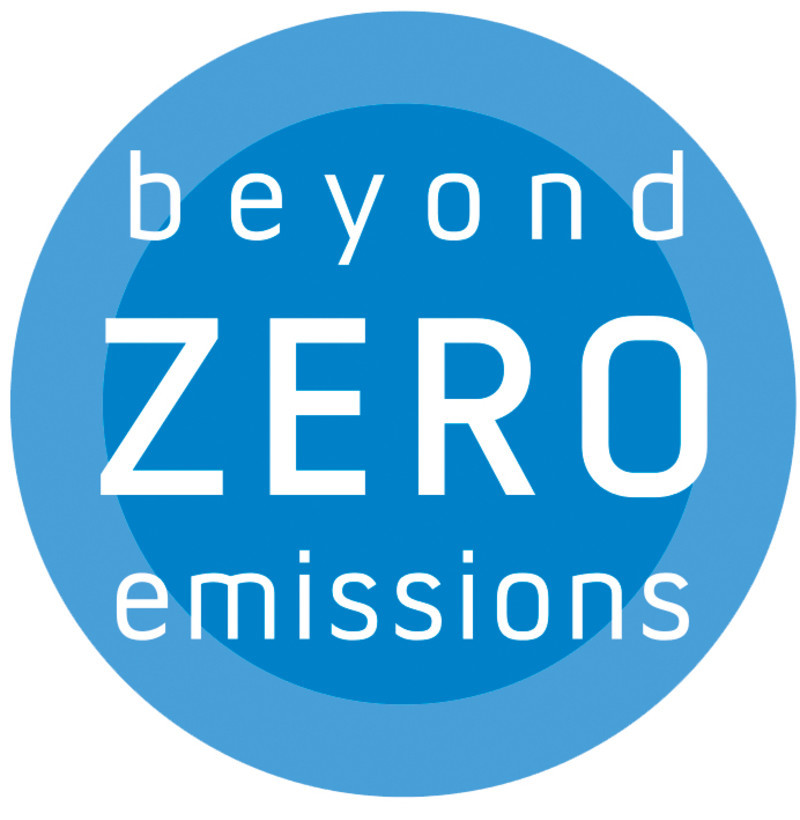Report: Renewable energy projects offer lucrative income streams for regional landholders and communities
Farmers will benefit from clean energy projects while regional communities are projected to receive $200 million in contributions by 2030.

Farmers hosting renewable energy infrastructure on their properties are set to earn up to $1.1 billion in landholder payments by 2030, according to a joint report from Farmers for Climate Action and the Clean Energy Council. The shift towards renewable energy is also expected to bring $200 million to regional communities through various community benefit initiatives.
The report, Billions in the Bush, estimates farmers can earn $38,500 to $45,500 annually for hosting a 7 MW wind turbine and up to $1,250 per hectare for solar panels. These payments provide a consistent income stream, independent of fluctuating commodity prices or extreme weather events. By 2050, direct payments to farmers are projected to total $7.7 to $9.7 billion, with community contributions approaching $2 billion.
Clean Energy Council Chief Executive Kane Thornton noted that renewables are reshaping economic opportunities in rural areas.
"The clean energy transition is not only keeping the lights on as coal plants reach the end of their technical life; they’re creating jobs and alternative income streams right across communities," he said.
Farmers are also reporting improved farm productivity through co-use of land for agriculture and energy generation. Sheep grazing under solar panels, for example, have shown better wool yields, according to research.
Beyond landholder payments, regional communities benefit through neighbourhood sharing schemes, community benefit funds, and electricity bill offsets. Many First Nations groups and local councils are also seeing direct contributions from renewable energy projects.
Currently, renewable energy sources, including wind, solar, and hydro, supply over 40 per cent of Australia’s electricity, with projects concentrated in rural and regional communities. Farmers hosting these developments are playing a central role in advancing clean energy while securing their livelihoods and supporting broader economic growth.
According to modelling by the Regional Australia Institute, large-scale wind and solar projects could generate up to $68 billion in economic activity across the country by 2028, with most of this investment focused on regional areas.













